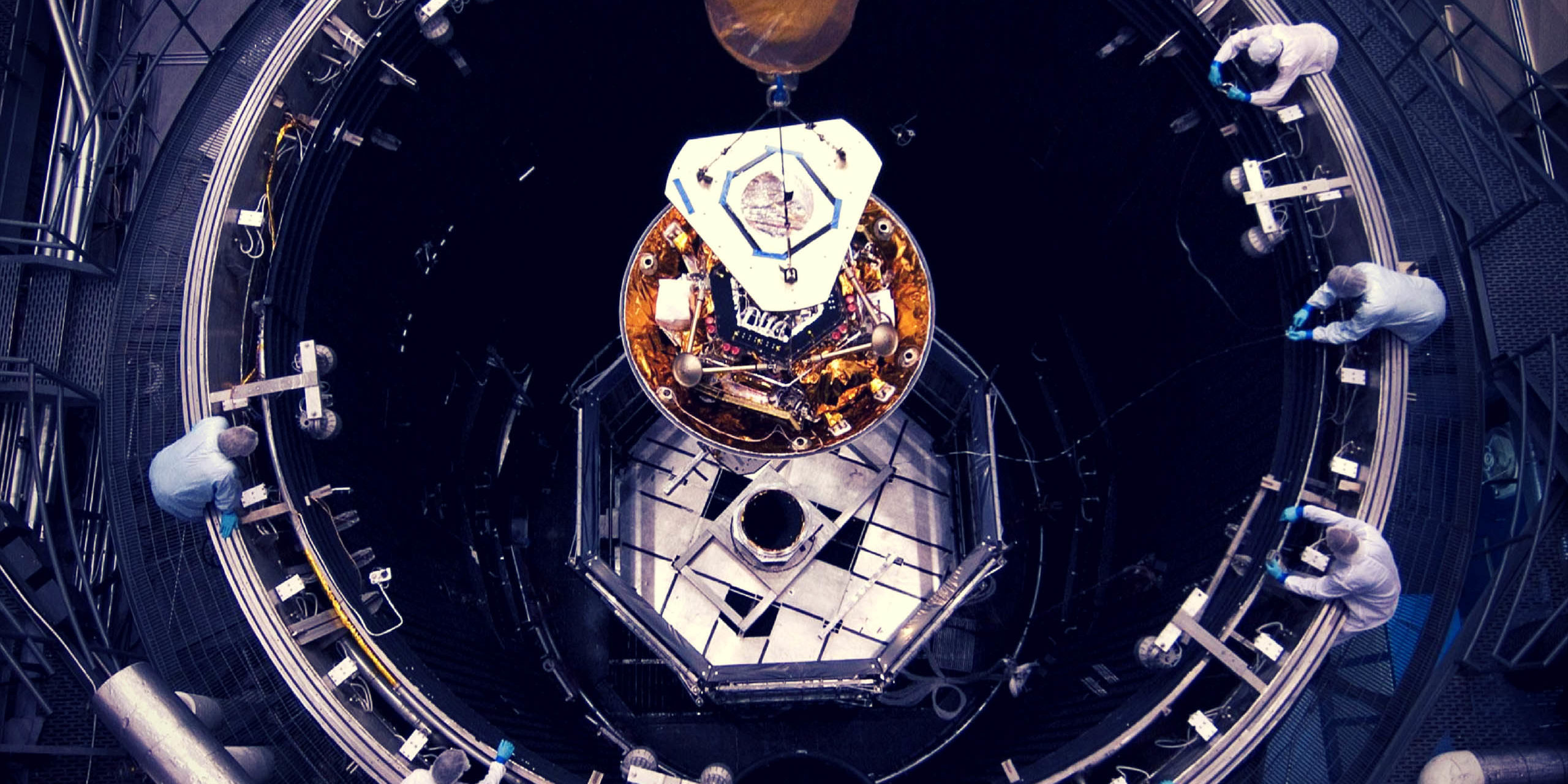Q: Why patent a manufacturing process?
A: To guard against price competition.
Some advanced manufacturing processes produce innovative new products. Others make old products more efficiently. In either case:
– profit margin will disappear over time if imitators can compete on price; and
– competitors are likely allowed to imitate if you don’t patent.
Generally speaking, in the context of Australian manufacturing, others are free to imitate your new products and processes unless you apply for patent and/or design protection. What’s the difference?
– patents can cover functional details of new products and processes; and
– design registrations cover the appearance of new products.
Q: What about foreign competitors?
A: Australian patents are infringed by unauthorised importation.
Australian patents are infringed by unauthorised activities in Australia, e.g. by activities such as making, using, importing and/or selling either a patented product or a product resulting from a patented process. That is…
…an Australian patent covering a manufacturing process can be used to stop competitors importing product that is made overseas using the patented process.
Q: Is my manufacturing process patentable?
A: Almost certainly, if it is new and non-obvious.
Patents have definitions of coverage known as ‘claims’. Generally speaking, a claim is invalid if it covers any technology that was publicly known before the initial patent filing date, or anything that obviously follows on from that old technology. These are key requirements for a valid patent.
If you’re interested in patent protection in a long list of countries, a search for relevant old technologies would be a prudent first step. If Australia is the only country of interest, simply filing a patent application and waiting for the patent examiner’s feedback may well be the better approach.
It’s a mistake to simply assume that your new and valuable developments are not patentable. The non-obviousness threshold is a low bar.
Q: What about software?
A: Many software innovations are patentable.
Much has been written regarding software innovations that are not patentable, even if they are valuable, new and non-obvious. It’s a complex area of law that is evolving as courts hand down more case law.
The key battle lines relate to software that is purely informational in character. Australian courts have held that innovations such as a certain method of calculating a share-price index and a ‘wizard’ to help fill in certain forms are not patentable.
In the context of manufacturing processes, many software changes are clearly on the patentable side of those battle lines. New Zealand’s Patent Examination Manual explains, by way of example, that changing the computer program in a washing machine so the machine gets clothes cleaner and uses less electricity is potentially patentable. Likewise, in the manufacturing context…
…a new and non-obvious software change that, for example, reduces cycle time, uses less material or results in a better product, may well be patentable.
Q: Aren’t patents expensive to enforce?
A: Yes, very.
Going to court to enforce a patent is expensive, even compared to many other matters that you might take to court. On the other hand:
– if a competitor infringes a valid patent, the competitor is likely to back down before the matter gets to court, to avoid similarly expensive costs in addition to penalties for infringement; and
– a quality patent may well deter many competitors from producing similar products without any direct cost to you.
Q: Aren’t patents expensive to apply for?
A: Yes and no.
Patenting a mechanical invention in Australia might entail an initial cost in the ballpark of $6K and a total investment over the entire 20-year life of the patent in the ballpark of $35K. Any patent attorney worth their salt would be pleased to have a preliminary discussion without charge to talk through your invention, your prospects of success and the applicable costs.
Q: But patenting takes years?
A: Yes, but you can use the process within a few weeks.
If you can supply your patent attorney with a quality description of your invention, your initial patent application should be filed within a few weeks. Once the application is filed, you can go public with (and/or commercially use) the invention without harming your patent rights in what you have invented to that point. Australia has a 12-month grace period that can excuse premature publication and/or use, but it’s best not to rely on the grace period.
Following the ordinary process, your Australian patent application will be examined in due course and, if you are successful, a patent will be granted on the application perhaps four or five years after the initial filing. It’s usual to let the process take this long, to defer costs amongst other advantages.
If at some point during those four or five years there was an infringement, you could accelerate the process which, all going well, would lead to a granted patent within eight months or so.

